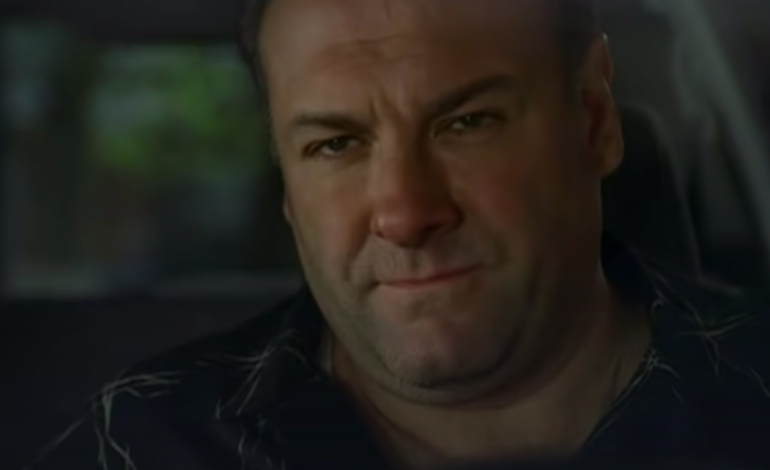

The Sopranos, HBO’s groundbreaking crime drama about the criminal underground of Newark, has one of the most hated series finales of all time, according to ScreenRant and the Independent. In the final moments of the show, Tony Soprano (James Gandolfini: True Romance, Enough Said) and his wife Carmela (Edie Falco: Nurse Jackie, Law And Order True Crime) go to a New Jersey diner for dinner. As they enter, a shady figure enters with them, and when the audience finally thinks that Tony’s life as a mobster and his family life are about to collide…the screen cuts to black.
For years fans have speculated about what could have happened in that diner, but the creator David Chase (The Many Saints of Newark, The Rockford Files) had never given a concrete answer.
Now, in an interview with The Hollywood Reporter, Chase has finally confirmed that Tony Soprano does indeed die in the diner. at the hands of that shady figure.
“I was driving on Ocean Park Boulevard near the airport and I saw a little restaurant,” Chase said. “It was kind of like a shack that served breakfast. And for some reason I thought, ‘Tony should get it in a place like that.’ Why? I don’t know.”
The show ran for 86 episodes across six seasons from 1999-2007, and it is widely considered to be the greatest show of all time. It was the first HBO drama show to ever be nominated for, and then win, the Emmy award for best drama. The New York Times even said that it was “the greatest work of American popular culture of the last quarter century.”
All episodes of The Sopranos are available to stream on HBO Max, and after the success of its prequel movie The Many Saints of Newark that came out recently, there have reportedly been talks about developing a prequel series on HBO Max following the teenage years of Tony Soprano.
“See, I didn’t think that Sopranos would live on at all even after doing it and even after it got all these accolades,” Chase said. “but apparently what it’s about still resonates with people. So I’m just delighted to see that. To think that you’re really reaching a generation 20 years later is astounding.”
